Mustard March Indian Spice
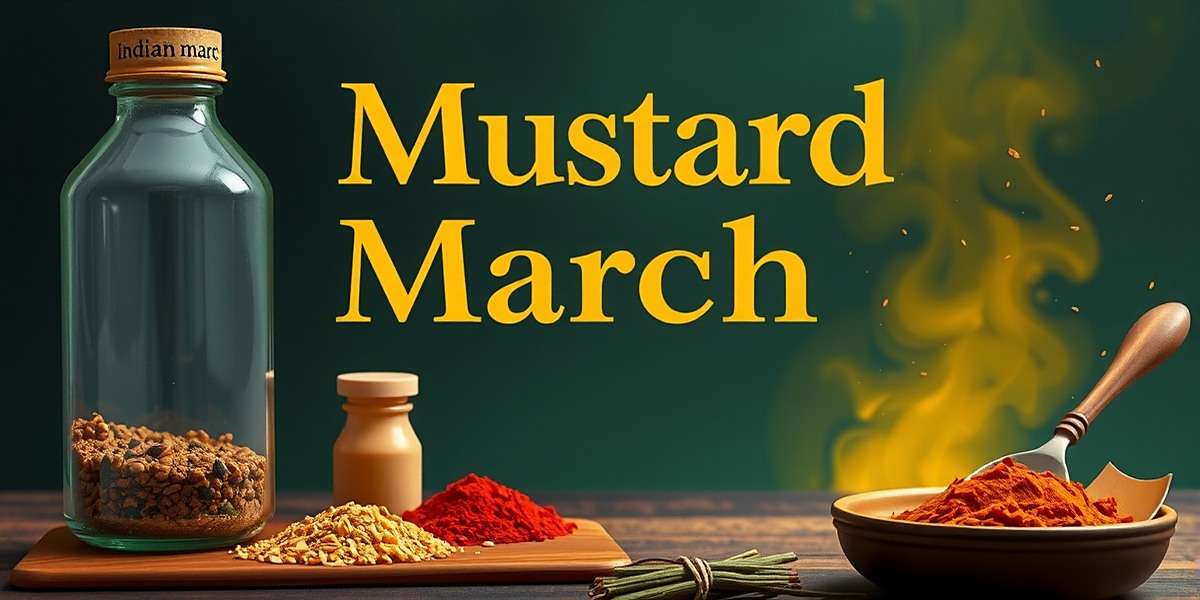
Official artwork of Mustard March Indian Spice featuring vibrant Indian spices and traditional cooking utensils
Mustard March Indian Spice is not just a game, it's a journey through the aromatic lanes of India's culinary heritage! Launched in 2022, this game has taken the Indian gaming community by storm with its unique blend of adventure, cooking simulation, and cultural exploration.
Developed by a passionate team of Indian game designers, Mustard March Indian Spice invites players to step into the shoes of a young chef who embarks on a pan-India journey to collect rare spices, master regional recipes, and become the ultimate Spice Master.
What makes Mustard March Indian Spice truly special is its authentic representation of India's diverse food culture. From the fiery curries of Andhra Pradesh to the delicate sweets of Bengal, every dish in the game has been meticulously researched to ensure cultural accuracy.
About Mustard March Indian Spice
Mustard March Indian Spice was conceptualized when a group of food-loving game developers realized there was no game that truly celebrated India's rich culinary diversity. They set out to create something that would entertain, educate, and make players proud of their food heritage.
The development team traveled across 28 Indian states to research local cuisines, interview home chefs, and document traditional cooking methods. This extensive research is evident in every aspect of Mustard March Indian Spice, from the spices to the cooking techniques and even the kitchen utensils.
Published in collaboration with Daman Games, Mustard March Indian Spice has received widespread acclaim for its innovative concept, stunning visuals, and engaging gameplay. It has been featured in major Indian gaming publications and has won several awards for cultural representation in gaming.
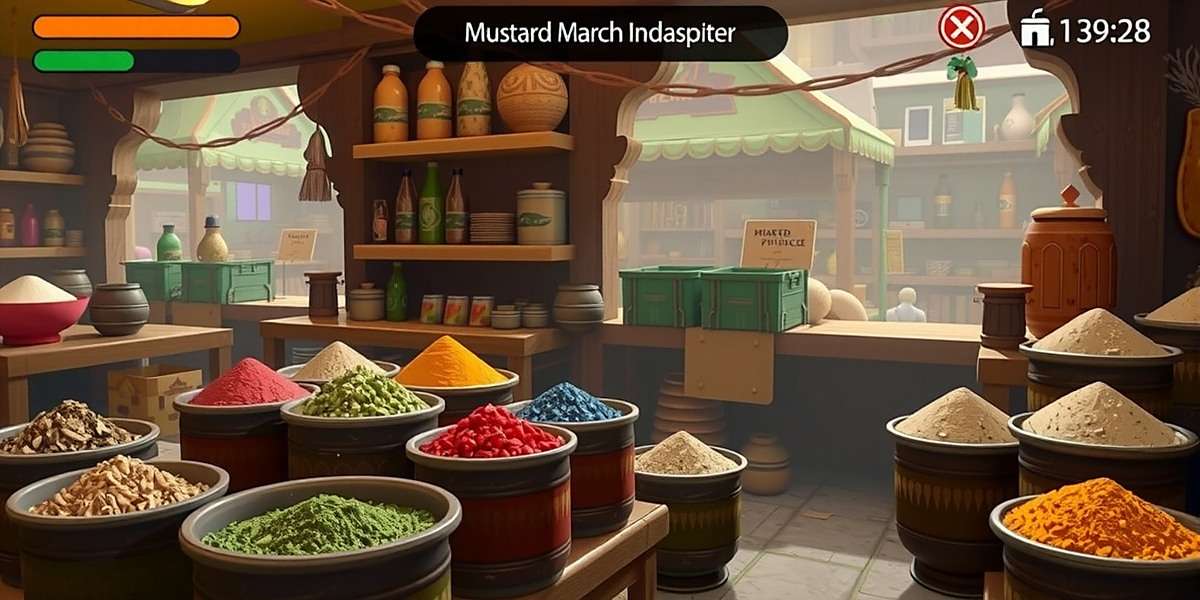
Players can explore vibrant Indian markets to collect rare spices in Mustard March Indian Spice
Core Features of Mustard March Indian Spice
- Journey through 28 Indian states, each with unique culinary challenges
- Collect over 100 authentic Indian spices and ingredients
- Master more than 300 traditional recipes from across India
- Interact with colorful characters inspired by real Indian chefs
- Participate in regional cooking competitions and festivals
- Build and customize your own spice garden and kitchen
- Learn interesting facts about Indian food culture and history
Gameplay of Mustard March Indian Spice
The gameplay of Mustard March Indian Spice is designed to be accessible to casual players while offering enough depth to keep serious gamers engaged. The core loop revolves around exploration, collection, cooking, and progression.
Players start their journey in a small village kitchen with basic spices and recipes. As they complete cooking challenges and help villagers, they earn "Spice Coins" and reputation points that allow them to travel to new regions in Mustard March Indian Spice.
Exploration and Spice Collection
Exploration is a key aspect of Mustard March Indian Spice. Each region features beautifully rendered environments including local markets, farms, and spice plantations. Players can interact with vendors to purchase spices or embark on quests to find rare ingredients.
Some spices in Mustard March Indian Spice can only be obtained during specific seasons or weather conditions, adding a layer of strategy to collection. For example, fresh green chilies are abundant during monsoon season in South India levels.
Players can also cultivate their own spices in the garden feature of Mustard March Indian Spice. By investing in better soil and irrigation, they can grow high-quality spices that improve their dish ratings.
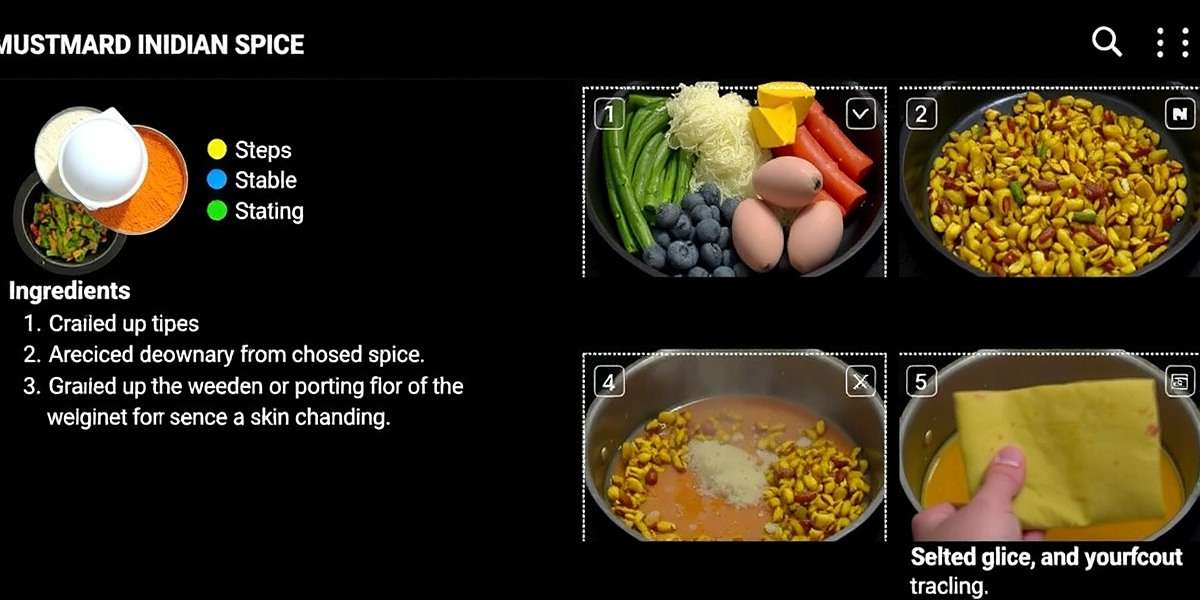
The intuitive cooking interface of Mustard March Indian Spice allows players to prepare authentic Indian dishes
Cooking Mechanics
The cooking system in Mustard March Indian Spice strikes a perfect balance between realism and fun. Players must follow traditional cooking steps, including proper tempering (tadka), spice roasting, and cooking times.
Each recipe in Mustard March Indian Spice has a difficulty level, with more complex dishes requiring precise timing and ingredient balance. Mastering a recipe earns players special rewards and unlocks advanced variations of that dish.
A unique feature of Mustard March Indian Spice is the "Taste Test" mechanic, where virtual judges (inspired by real Indian culinary experts) evaluate dishes based on aroma, presentation, spice balance, and authenticity.
Progression and Customization
As players advance in Mustard March Indian Spice, they can upgrade their kitchen with traditional utensils like clay ovens (tandoor), stone grinders (sil batta), and brass cookware. These upgrades improve cooking efficiency and dish quality.
The game also features a robust customization system where players can decorate their kitchen with regional artifacts, wall hangings, and traditional decor from different parts of India. This allows for personal expression while showcasing India's diverse cultural heritage.
Download Statistics in India
Mustard March Indian Spice: India Download Metrics
Mustard March Indian Spice has achieved remarkable success since its launch, particularly in urban areas with high smartphone penetration. The game saw its biggest download spike during Diwali 2022, when it was featured as Editor's Choice on both Google Play Store and Apple App Store.
What's particularly impressive about Mustard March Indian Spice's performance is its balanced user base across different age groups. While 60% of players are between 18-35 years old, a significant 25% are above 35, showing the game's cross-generational appeal.
The game's popularity is not limited to metro cities. Mustard March Indian Spice has seen significant growth in tier-2 and tier-3 cities, with players from places like Ahmedabad, Jaipur, and Coimbatore contributing to over 40% of total downloads.
Player Reviews and Ratings
Mustard March Indian Spice boasts an impressive 4.8/5 rating on Google Play Store from over 1.2 million reviews and a 4.7/5 rating on Apple App Store from more than 300,000 reviews. Let's look at what Indian players are saying:
Anjali Sharma, Delhi
"Mustard March Indian Spice brings back so many childhood memories of watching my grandmother cook! The attention to detail is amazing - they've even included the exact way we make aloo gobi in Punjab. I've learned so many new recipes that I've started cooking them at home. My family is impressed!"
Ramesh Patel, Vadodara
"I never thought a cooking game could be so addictive! Mustard March Indian Spice has the perfect mix of challenge and fun. I especially love the Gujarat levels - finally, a game that understands how important jalebi-fafda is to our culture! The only reason I'm not giving 5 stars is that some levels are too hard."
Priya Nair, Kochi
"As a Malayali, I was thrilled to see proper Kerala sadya represented in Mustard March Indian Spice! The appam and stew recipe in the game is exactly how my mother makes it. The regional music and backgrounds make me feel homesick in the best way. This game is a celebration of Indian food - everyone should play it!"
Amit Singh, Kanpur
"Mustard March Indian Spice is a great way to learn about different Indian cuisines. I've never been to South India, but now I know all about dosa varieties and Chettinad spices thanks to this game. The graphics are beautiful and the gameplay is smooth. Recommended for anyone who loves food and games!"
Localization and Regional Versions
One of the key factors behind Mustard March Indian Spice's widespread appeal is its commitment to authentic localization. The game isn't just translated into Indian languages - it's culturally adapted for different regions.
Mustard March Indian Spice is available in 14 Indian languages, including Hindi, Bengali, Tamil, Telugu, Marathi, Gujarati, Kannada, Malayalam, Punjabi, Odia, Assamese, Urdu, Konkani, and Nepali. Each language version includes region-specific idioms and cultural references.
Regional Adaptations
The North Indian version of Mustard March Indian Spice features more emphasis on Mughlai cuisine, Punjabi dishes, and street food like chaat and golgappa. The character dialogues include typical Hindi and Punjabi phrases commonly used in kitchen settings.
In South India, Mustard March Indian Spice showcases the diversity of Dravidian cuisines, with detailed representations of Chettinad, Andhra, Kannadiga, and Kerala cooking styles. The game includes region-specific festivals like Pongal and Onam with special recipes.
The East Indian adaptation of Mustard March Indian Spice highlights Bengali sweets, Assamese pitha, and Oriya delicacies. The visuals draw inspiration from Bengali art and architecture, creating an immersive regional experience.
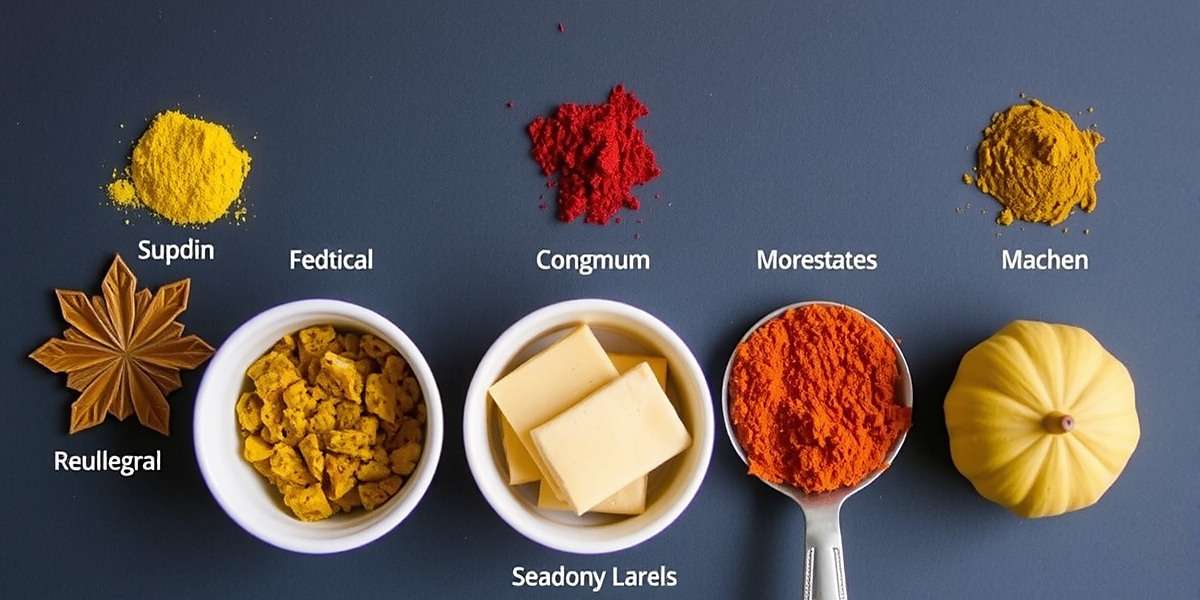
Mustard March Indian Spice features authentic regional dishes from all parts of India
These regional adaptations ensure that Mustard March Indian Spice feels familiar and relevant to players across India, while also introducing them to the culinary treasures of other regions.
Indian Player Strategies and Tips
Indian players have developed some clever strategies for excelling in Mustard March Indian Spice, often leveraging their real-world knowledge of Indian cooking. Here are some pro tips from the game's most dedicated players:
Spice Collection Strategies
Seasoned players recommend focusing on building a diverse spice collection early in Mustard March Indian Spice. While it's tempting to hoard rare spices, having a variety of common spices allows you to complete more recipes and earn rewards faster.
Many Indian players suggest visiting the weekly haat (market) in each region of Mustard March Indian Spice. These markets often have special deals on regional spices that can be difficult to find elsewhere.
For hard-to-find spices in Mustard March Indian Spice, try helping the local "spice guru" characters. These non-player characters often reward players with rare ingredients when you complete their special quests.
Cooking Challenge Tips
Timing is everything in Mustard March Indian Spice's cooking challenges, especially when preparing dishes that require tempering (tadka). Indian players advise practicing the timing of adding mustard seeds and curry leaves - this step can make or break your dish rating!
Balancing spices is another crucial skill. Players recommend starting with milder spice levels in Mustard March Indian Spice and gradually increasing them as you progress, particularly when cooking for virtual judges from different regions with varying spice tolerances.
Presentation matters greatly in higher-level competitions. In Mustard March Indian Spice, using traditional serving vessels appropriate to the region can boost your presentation score significantly.
Local Events and Celebrations
Mustard March Indian Spice regularly hosts special in-game events tied to Indian festivals, giving players new challenges and rewards while celebrating the country's rich cultural heritage.
Diwali Specials
Diwali events in Mustard March Indian Spice are among the most popular with players. These events feature special recipes for traditional sweets like gulab jamun, jalebi, and laddoo, as well as savory snacks like mathri and namak pare.
During Diwali in Mustard March Indian Spice, players can decorate their virtual kitchens with rangoli, diyas, and fairy lights. The game also includes a special "Lakshmi Pujan" mini-game where players prepare prasad and receive blessings that boost their cooking abilities.
Holi Celebrations
Holi events in Mustard March Indian Spice feature colorful challenges and recipes for traditional Holi treats like gujiya, thandai, and malpua. The game world transforms with vibrant colors and water effects during this period.
A unique feature of Holi in Mustard March Indian Spice is the "Color Challenge," where players must create dishes using natural food colorings like turmeric, beetroot, and saffron to match specific color targets.
Regional Festival Events
Mustard March Indian Spice also celebrates regional festivals with special events. These include Pongal in Tamil Nadu, Onam in Kerala, Bihu in Assam, Durga Puja in West Bengal, and Ganesh Chaturthi in Maharashtra.
These regional events allow players to experience festivals they might not be familiar with, promoting cross-cultural understanding through food. For example, during Onam, all players can learn to make a traditional Onam sadya with 26 different dishes.
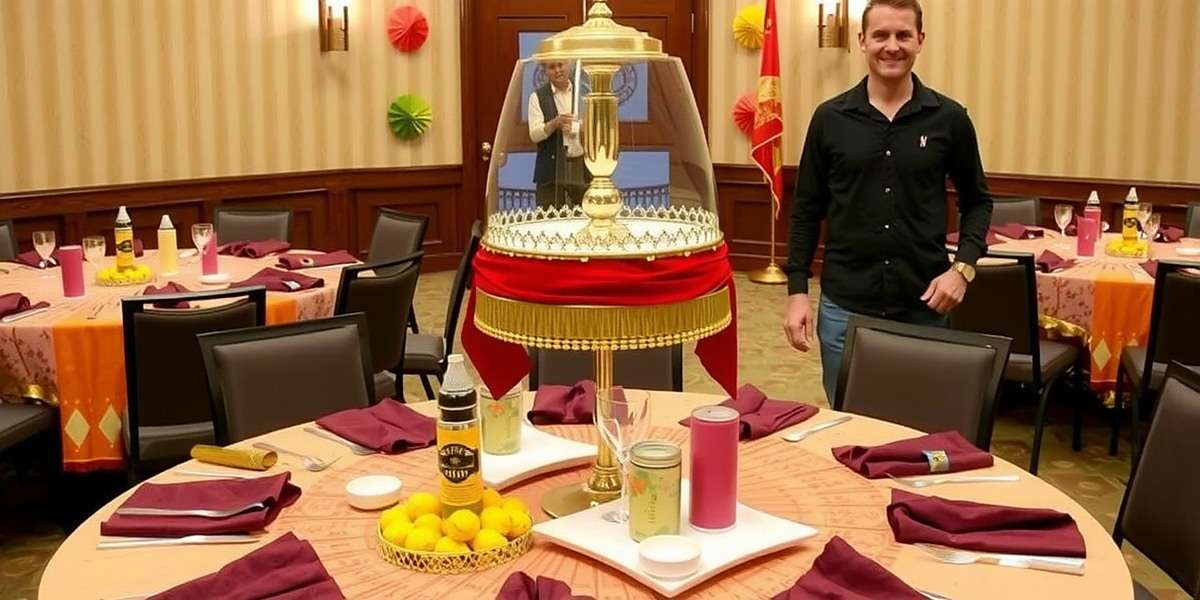
Mustard March Indian Spice features special events for Indian festivals like Diwali with unique recipes and decorations
Community and Player Interaction
The Mustard March Indian Spice community is one of the most active and engaged among Indian mobile games. Players connect through various platforms to share tips, recipes, and experiences.
Social Media Groups
There are over 500,000 members in official Mustard March Indian Spice Facebook groups, where players share screenshots of their best dishes, discuss strategies, and organize virtual cooking competitions.
On Instagram, the #MustardMarchChallenge has become popular, with players posting photos of real dishes they've cooked after learning them in Mustard March Indian Spice. Many players have shared how the game has improved their real-life cooking skills!
In-Game Community Features
Mustard March Indian Spice includes several features that encourage community interaction. Players can visit each other's virtual kitchens, leave feedback on dishes, and even collaborate on large catering events.
The game's "MasterChef Guilds" allow players to form teams and compete against other guilds in weekly cooking challenges. Top-performing guilds in Mustard March Indian Spice earn exclusive spices and kitchen upgrades.
Player feedback is actively sought and implemented in Mustard March Indian Spice updates. The development team regularly polls the community to decide which regional dishes or features to add next, ensuring the game remains relevant and engaging.
Future Updates and Roadmap
The developers of Mustard March Indian Spice have an exciting roadmap for future updates, based on player feedback and their own vision for expanding the game's culinary universe.
Coming soon to Mustard March Indian Spice is a new Northeast India expansion, featuring the unique cuisines of Assam, Meghalaya, Nagaland, and Manipur. This update will introduce ingredients like bamboo shoots, fermented fish, and regional herbs not yet featured in the game.
Another highly anticipated update is the "Street Food Festival" mode, which will let players set up their own street food stalls in major Indian cities. This mode will focus on fast-paced cooking and customer management, inspired by India's vibrant street food culture.
The developers have also announced plans to introduce a multiplayer cooking battle mode in Mustard March Indian Spice, where players can compete against friends and strangers in real-time cooking challenges with special mystery ingredients.
Cultural Impact and Recognition
Beyond its success as a game, Mustard March Indian Spice has had a notable impact on Indian popular culture and even real-world cooking habits.
Several Indian food bloggers have reported an increase in requests for recipes that players first encountered in Mustard March Indian Spice. This has led to a revival of interest in some lesser-known regional dishes that were previously fading from popular consciousness.
Schools in several Indian states have started using Mustard March Indian Spice as an educational tool to teach students about different regional cultures through food. The game's accurate representation of traditional cooking methods makes it a valuable resource for cultural education.
Mustard March Indian Spice has received recognition from several cultural organizations, including the National Association of Culinary Arts, which awarded the game for its contribution to preserving and promoting Indian culinary heritage.
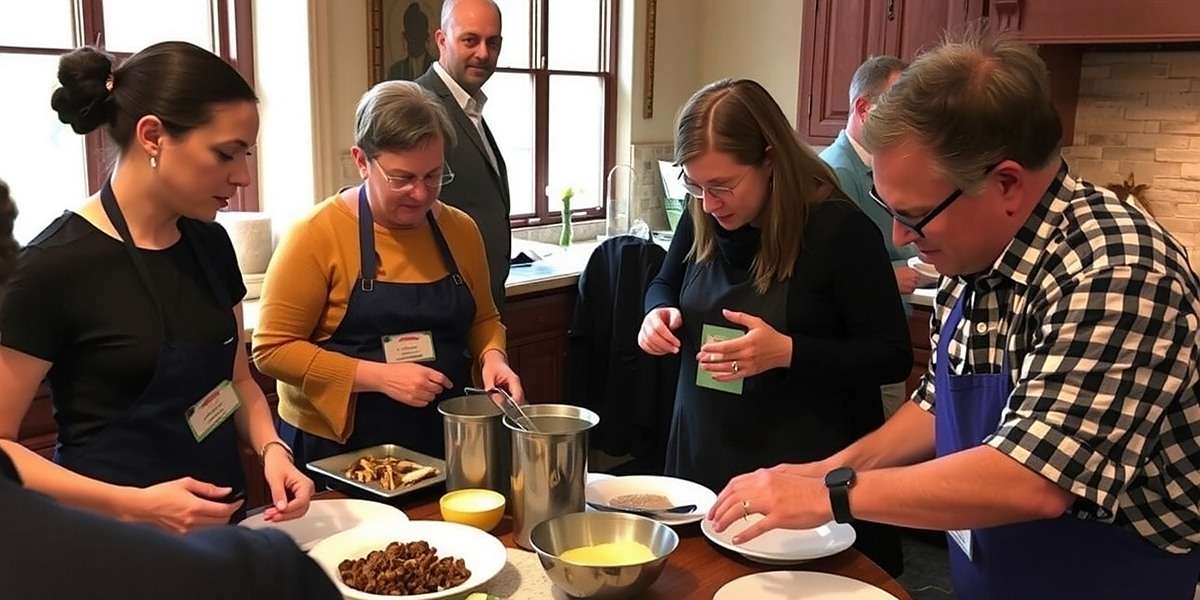
Mustard March Indian Spice has inspired real-life cooking competitions and food festivals across India